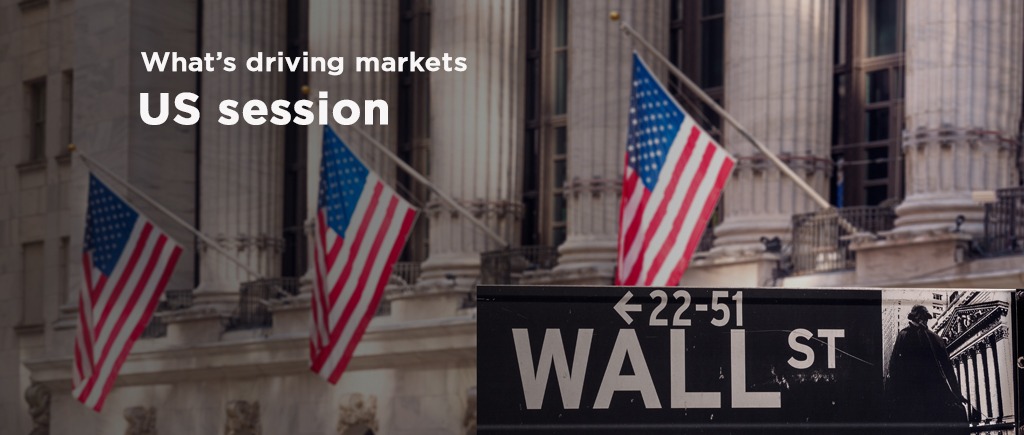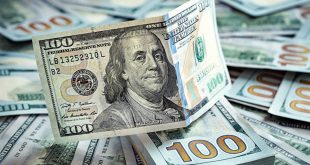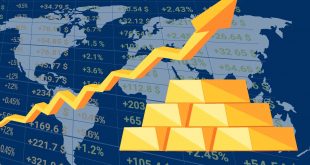A tentative ceasefire between Israel and Iran has sparked optimism, driving investors toward riskier assets and away from the safe-haven US Dollar. This shift has fueled a four-day decline in the US Dollar Index (DXY), which nears multi-year lows around 97.70. As market sentiment turns bullish, major currency pairs and gold are reacting to the evolving geopolitical and monetary policy landscape. What should markets watch for on June 25?
The US Dollar’s decline stems from a fragile Israel-Iran ceasefire, boosting risk-on sentiment and weakening safe-haven demand. The DXY nears a 40-month low at 97.70, while EUR/USD and GBP/USD hit multi-year highs above 1.1600 and near 1.3650, respectively. USD/CAD hovers at 1.3700 as falling oil prices dent the Canadian Dollar, and AUD/USD consolidates near 0.6500 ahead of steady Australian inflation data. Gold slips below $3,350 as safe-haven demand fades.
US Dollar Faces Ongoing Weakness
The US Dollar’s slide reflects growing confidence in a sustained de-escalation of Middle East tensions, despite a fragile ceasefire brokered by US President Donald Trump. A brief missile exchange post-agreement has not derailed investor optimism, pushing the DXY toward its lowest level in nearly 40 months. On Wednesday, Federal Reserve Chair Jerome Powell’s second day of testimony before congressional and Senate financial committees may offer further clues, though questions often stray beyond monetary policy. With tariff tensions simmering—European officials are preparing retaliatory measures if Trump’s suspended reciprocal tariffs resurface in July—the Dollar’s path remains uncertain.
Euro and Pound Ride the Risk-On Wave
The EUR/USD pair surged to a 44-month high above 1.1600, capitalizing on broad US Dollar weakness. Despite looming US-EU tariff disputes, the Euro enjoys strong market support, with no immediate resolution expected. Similarly, GBP/USD is testing multi-year peaks near 1.3650, bolstered by the same risk-on sentiment. While Bank of England policymakers are scheduled for low-impact appearances on Wednesday, no significant market-moving statements are anticipated. Both currencies could face volatility if geopolitical or trade dynamics shift unexpectedly.
Canadian and Australian Dollars in Focus
The Canadian Dollar’s recent gains have faltered as declining Crude Oil prices, tied to easing Middle East tensions, undermine support. The USD/CAD pair hovers around 1.3700, with technicals suggesting a potential US Dollar rebound. Meanwhile, AUD/USD has settled into a familiar consolidation range near 0.6500. Australia’s May Consumer Price Index, due Wednesday, is expected to show no major surprises, likely keeping the Aussie stable unless external factors intervene.
Gold Retreats as Safe-Haven Demand Fades
Gold (XAU/USD) has slipped below $3,350.00, retreating from recent highs as Middle East ceasefire hopes reduce demand for safe-haven assets. With risk appetite dominating, gold faces near-term downward pressure, though persistent global uncertainties could limit losses. Investors should monitor geopolitical developments and Powell’s testimony for signals that might reignite safe-haven interest.
What’s Next for Forex Markets
The ceasefire-driven risk-on mood has reshaped forex dynamics, weakening the US Dollar while lifting pairs like EUR/USD and GBP/USD. However, uncertainties around tariffs, central bank policies, and the durability of the Middle East truce could spark volatility. Wednesday’s events, including Powell’s testimony and Australia’s inflation data, may provide further direction. Markets should brace for potential shifts if geopolitical or economic surprises challenge the current optimism, with the US Dollar’s trajectory hanging in the balance.

 Noor Trends News, Technical Analysis, Educational Tools and Recommendations
Noor Trends News, Technical Analysis, Educational Tools and Recommendations




